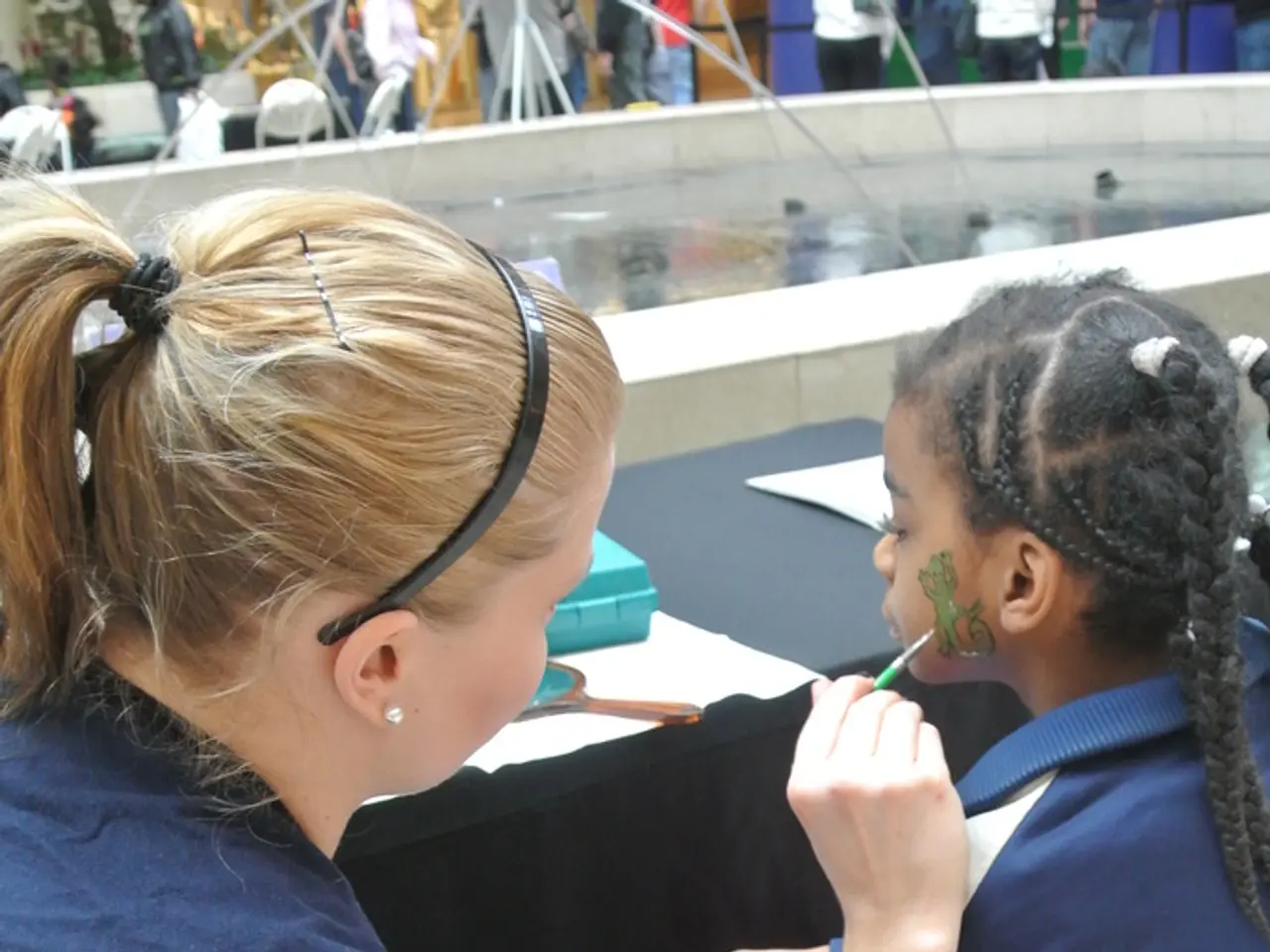Minimally Invasive Angioplasty Offers Hope for PAD Patients
Patients suffering from peripheral artery disease (PAD) may soon find relief through a minimally invasive procedure. Angioplasty with stent placement is a treatment option that can open narrowed or blocked arteries, improving blood flow and reducing symptoms.
Symptoms of PAD, such as a cold feeling in the legs, color changes, numbness, cramping, erectile dysfunction in men, and pain relieved with movement, can significantly impact daily life. Before the procedure, patients should inform their doctor about allergies, medications, and illnesses. Fasting and medication adjustments may also be required.
The procedure itself involves making a small incision, locating the blockage, and using a tiny balloon to widen the artery. A stent is then inserted to keep the artery open. Recovery takes up to eight weeks, with short walks on flat surfaces being acceptable initially. However, driving, yard work, or sports should be avoided.
After the procedure, lifestyle changes are crucial to prevent further blockages. These may include a heart-healthy diet, regular exercise, quitting smoking, managing stress, and taking cholesterol-reducing medications if prescribed. Risks of the procedure include allergic reactions, bleeding, blood clots, infection, and artery rupture.
Angioplasty with stent placement, performed by an interventional cardiologist, offers hope to PAD patients. While it carries some risks, the procedure can significantly improve quality of life. Post-procedure care and lifestyle changes are essential for long-term success.
Read also:
- Trump's SNAP reductions and New York City Council's grocery delivery legislation: Problems for city residents highlighted
- Reducing dental expenses for elderlies in Sweden: Over 50% cut in charges for pensioners by the government
- Forty-year-old diet: A list of meal choices to savor
- Exiled Life's Conundrum: A Blend of Liberation, Disillusionment, and Distress






